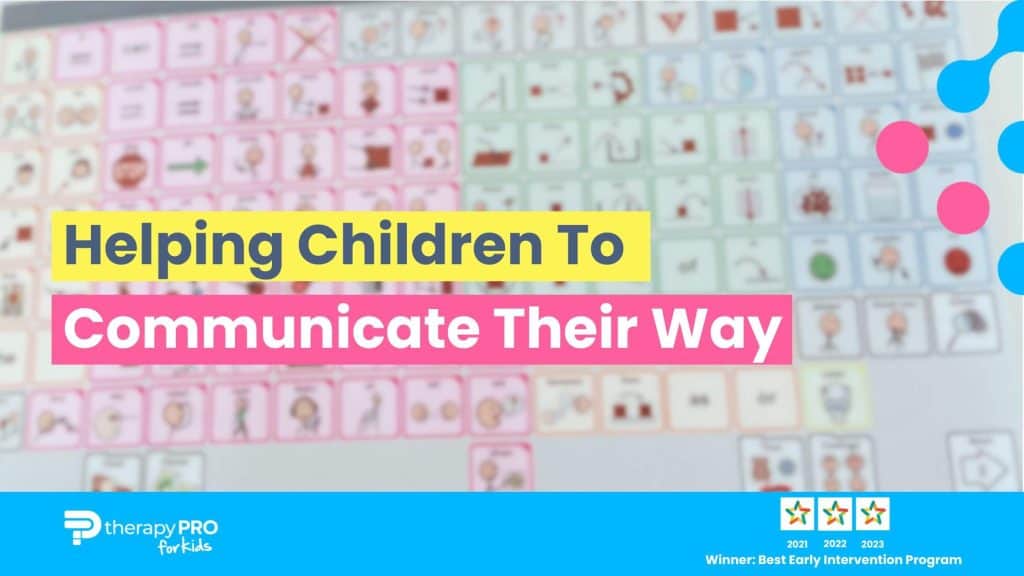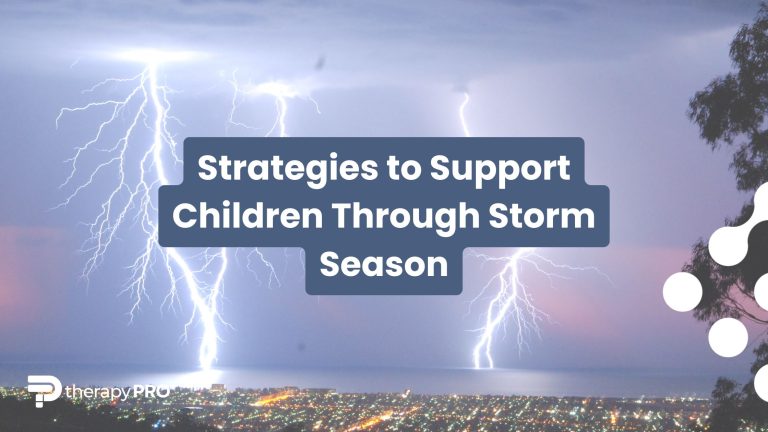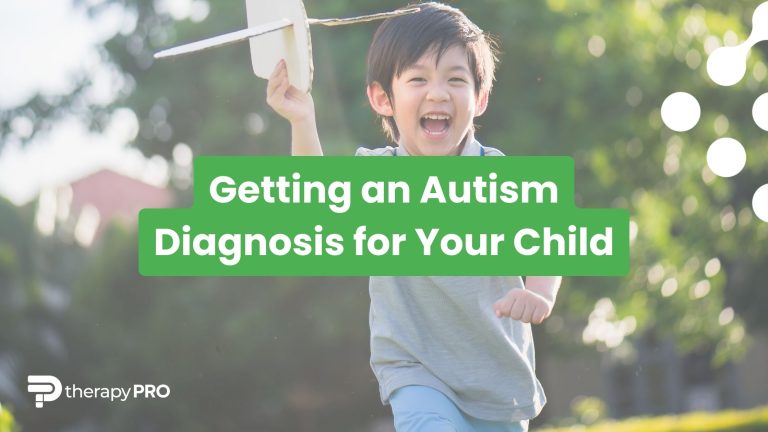Speech Pathology Week 2024: Helping Children to Communicate Their Way
As we celebrate Speech Pathology Week 2024, with the theme “Communicate Your Way,” it’s an opportunity to reflect on the diverse ways people express themselves, and the important role speech pathologists play in supporting their clients to communicate.
Communication is not just about words; it’s about connecting with others, expressing thoughts and emotions, and being understood. For speech and language pathologists, this means recognising that communication is not a one-size-fits-all approach. Whether through verbal speech, gestures, pictures, or other alternative communication methods, our goal is to ensure that everyone has an opportunity to express their voice.
A Speech Pathology Story
Today, we’re sharing a story about a child who has been working with one of our speech and language pathologists to speak during social situations – particularly at their daycare centre.
Patrick* is a bright and curious 4-year-old who has been on a path of growth and discovery over the past six months. When our speech therapist first met Patrick at his daycare, he was a little boy with a world of thoughts and ideas inside him, but he was only sharing them at home with his parents.
A previous speech and language assessment revealed that Patrick was a little behind in speaking. He was showing signs of struggling to understand and interact with his friends and educators. There was also a suspicion of “selective mutism,” meaning Patrick was choosing to speak only in the safety and comfort of his home environment.
At home, Patrick’s parents shared videos showing him engaging in age-appropriate play and using language skills that were well within the typical range. However, in the daycare setting, his communication was limited, and he relied heavily on gestures and non-verbal cues.
The goal for Patrick was to help him build social skills through play and provide alternative ways to express himself in his daycare environment, where he spent five days a week.
To support him in “communicating his way,” our speech and language pathologist introduced a communication board – a simple, yet effective tool that allowed Patrick to express himself without the pressure of speaking.
Communication boards are carefully designed to offer a visual and tangible way for children to express their needs and thoughts. Typically, they included pictures or symbols representing common words, actions, or emotions, which children can point to or gesture towards when they are communicating.
Daycare staff were integral to helping Patrick reach his goals. They were educated about the importance of reducing the pressure on Patrick to speak, but to instead support him to use the pictures on his board to communicate.
Their collaboration and effort were really important because it helped Patrick to feel comfortable and understood in this environment. The response was encouraging. Patrick began to engage with the communication boards, and it wasn’t long before the other children took an interest as well. The supportive atmosphere created by the educators made a significant difference.
The Role of Play Speech Therapy
Play is such a powerful tool in speech therapy, especially for young children.
Through play, children learn to navigate social situations, understand social cues, and practice new communication skills in a natural, engaging way. For Patrick, playtime with peers became a safe space to experiment with language, slowly building his confidence to speak and interact with others. This peer interaction is not just about language, it’s about learning to connect, share, and engage in the world around him.
Over time, Patrick started to use fewer gestures and pictures, and to everyone’s delight, he began to use more speech to express himself at daycare.
Single words turned into simple sentences, spoken spontaneously throughout his day. One day, an educator shared a touching moment with Patrick’s speech and language pathologist, when she mentioned that another child exclaimed, “I didn’t know he could talk!” Not only was Patrick using more speech but was also connecting in play with his peers.
The six months of dedicated early childhood intervention, collaboration, and support have led to this breakthrough for Patrick. Working closely with his educators and parents, our speech therapist has created a supportive network that has allowed Patrick to thrive. This multidisciplinary team effort ensured that he received consistent encouragement and understanding, whether he was at home, at daycare, or in a therapy session. It’s this unified approach that makes a real difference in the lives of children.
Patrick’s journey continues, but the progress he has made is a wonderful example of what can be achieved when we focus on understanding and supporting each child’s unique way of communicating.
Happy Speech Pathology Week 2024, from Therapy Pro!
* This client has been de-identified.




